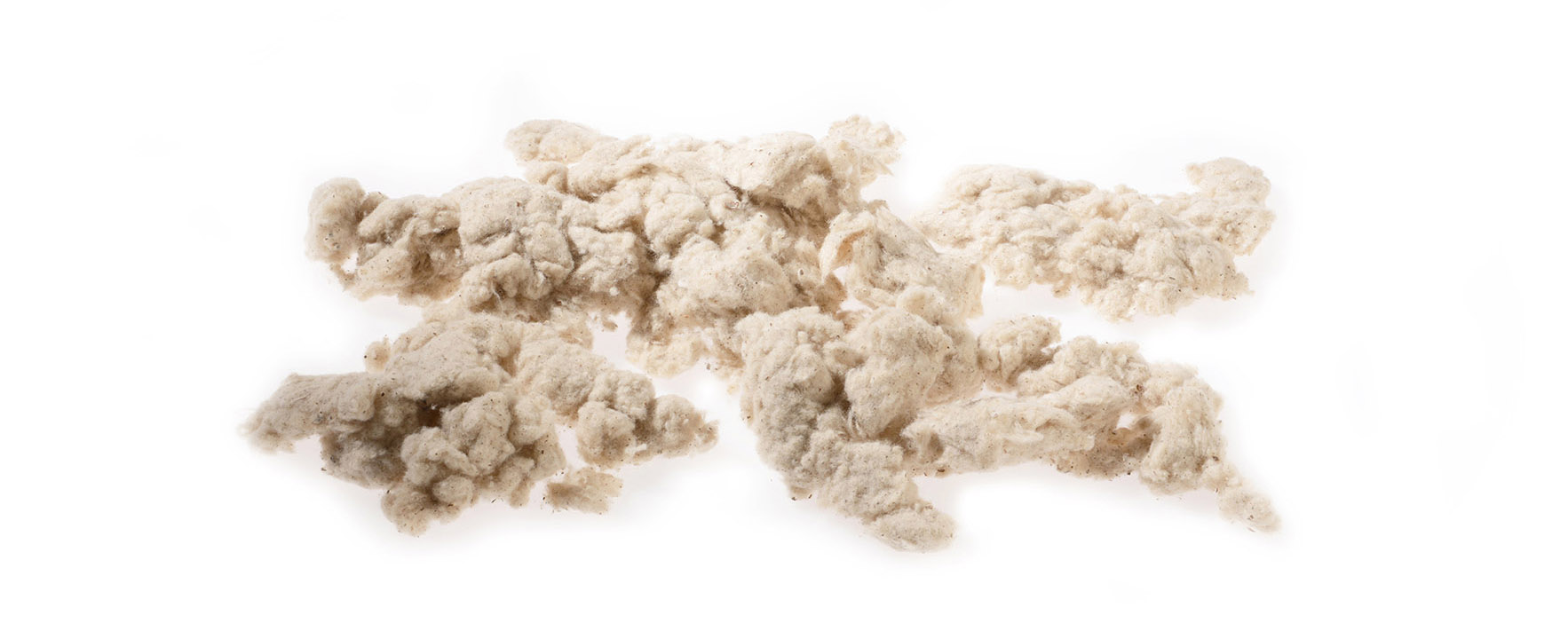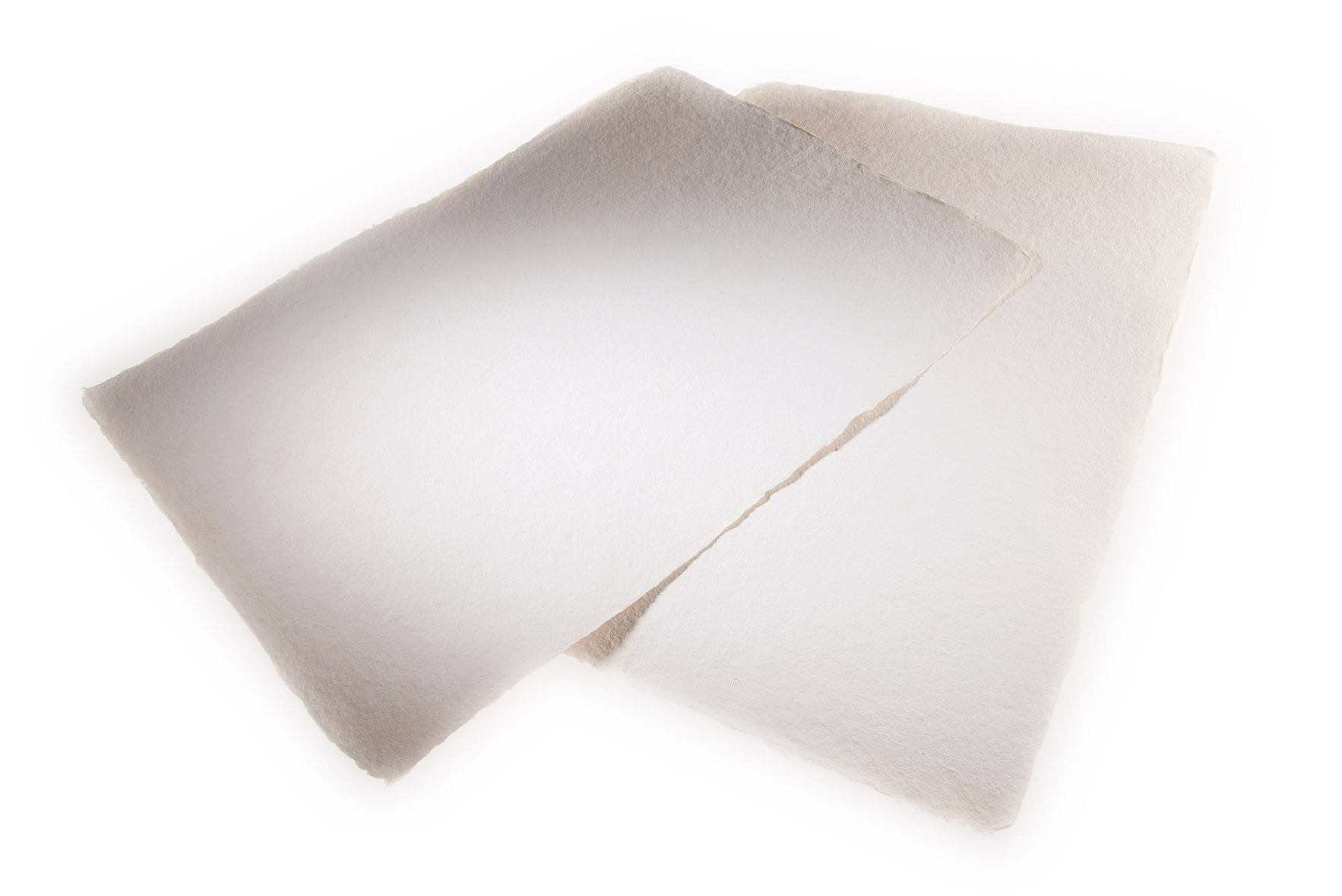When processing raw cotton, the long fibres are separated in the gins or ginning plants and then sent to the cotton spinning mills.
The very short cotton fibres, which still stick to the seeds of the cotton plants following the first cleaning process, are further processed in oil mills. Here, the remaining fibres are mechanically removed from the seeds. This takes place in two stages: „first cut“– longer fibres (2.5 mm to 6 mm) – and „second cut“– shorter fibres (2 mm to 3 mm). The machines used for this procedure are called linter machines, which is why the separated fibres are called linters. The main producers of cotton linters are Turkey, Syria, South Africa, India, South America and the USA.

PAPER
The cleaned linters are an excellent raw material for the extraction of cellulose (cellulose content of 70-80 %), which is characterised by a very high purity. This cellulose is an ideal starting material for the manufacture of many cellulose derivatives and has been used in the chemical and paper industry for decades.

OTHER
In the uncleaned state linters can be used compacted as cushioning material. An additional cleaning (sieving method) is required for subsequent processing into a high-quality cellulose, in order to rid linters of impurities (shell remains of the seeds).